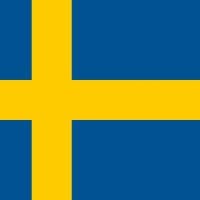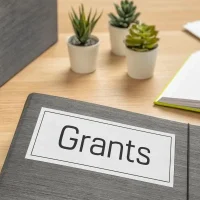Deadline: 30-Jan-23
The Government of Canada is now inviting proposals for the Family Violence Prevention Program (FVPP).
Purpose
- The Family Violence Prevention Program (FVPP) provides vital services to Indigenous women, children, families and 2SLGBTQQIA+ people facing violent situations, and funds activities and key supports to help prevent future violence.
- provides operational funding to Indigenous-led shelters and transition homes that address family violence
- funds Indigenous-led, culturally-appropriate and community-driven family violence prevention activities across Canada
- This call for proposals concerns family violence prevention activities that focus on Inuit, Métis, as well as Indigenous 2SLGBTQQIA+, and urban populations. Proposals for family violence prevention activities that are geared toward First Nations on reserve are to be sent to ISC regional offices.
Themes
- Activities that address at least 1 of these themes will be prioritized:
- outreach to Indigenous women, children, youth and 2SLGBTQQIA+ people on the prevention of family violence
- empowerment of Indigenous women, girls and 2SLGBTQQIA+ people to reduce the risk of vulnerability to violence
- vulnerability to violence associated with the transition between on reserve and off reserve living environments
- engagement of Indigenous men and boys in the prevention of family violence
- human trafficking and sexual exploitation
- assessment of needs in prevention and protection against gender-based violence
- wrap-around services and case management for survivors of gender-based violence
- If your project does not address at least 1 of these themes, please note in your cover letter how it addresses a specific need.
Funding Information
- The primary focus of proposed activities must be on family violence prevention. Proposals can range from short term activities with a smaller budget (such as $50,000 for 1 year) to multi-year projects in the average upper range of $100,000 per year.
Eligible Activities
Activities may include, but are not limited to:
- enhanced wrap-around services
- case management
- land-based activities
- programs to reduce the risk of sexual exploitation
- culturally appropriate mental health and addiction supports
- public outreach and awareness
- conferences and workshops
- stress and anger management seminars
- support groups
- community needs assessments
Eligibility Criteria
- Who may apply:
- First Nations, governments and communities in Canada, including bands, district, tribal councils and associations
- Inuit representative organizations, governments and communities
- Métis representative organizations and settlements
- Indigenous organizations
- National Indigenous organizations
- Municipalities
- Non-governmental and voluntary associations and organizations, including non-profit corporations
- Educational or research institutions and associations
- Non-Indigenous organizations, including provincial, territorial and municipal governments, are only eligible for funding if they can demonstrate meaningful support from the Indigenous clients they expect to serve.
- Indigenous-led proposals will be prioritized.
- They may also prioritize:
- Indigenous organizations, associations and societies that have violence prevention as part of their mandate or who have partnered with these organizations
- organizations with a mandate to reach marginalized individuals at a higher risk of violence
Selection Criteria
Applications must include the following elements:
- a focus audience, such as women, men, youth, children, families or 2SLGBTQQIA+ people
- a target number or level of community participation
- a specific need, for example, addressing violence in high-risk communities
- a delivery method, such as seminar, healing circle or cultural camp
- an emphasis on using partnerships and additional resources:
- identify potential partners, for example:
- federal, provincial, municipal or community governments
- communities and non-government organizations
- identify the role of partners in your application
- identify potential partners, for example:
- tangible and measureable expected results, for example:
- integrated and culturally appropriate programming
- increase in community awareness on family violence
- a reduction in violent behaviours
- strong community participation
- links with community planning, objectives or identified needs
For more information, visit Government of Canada.









































